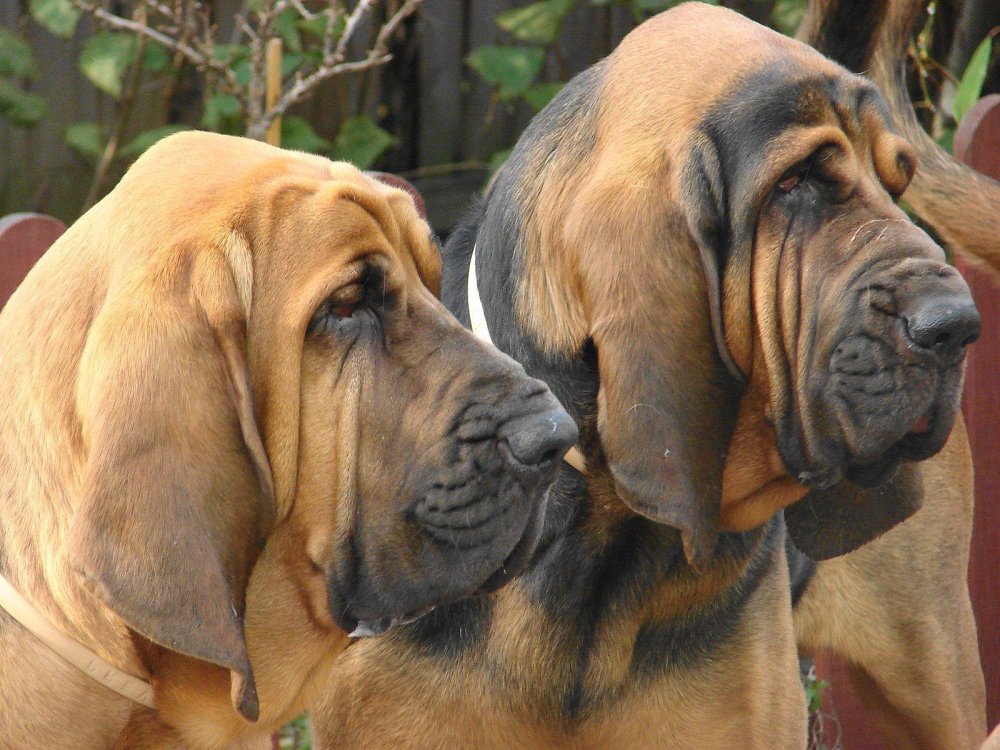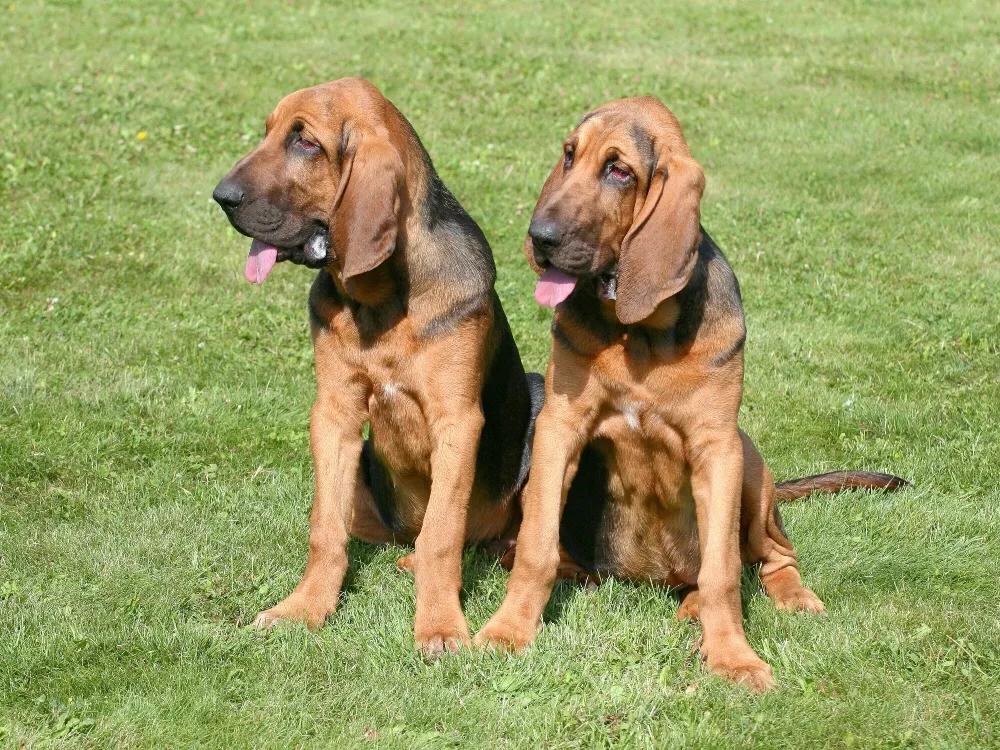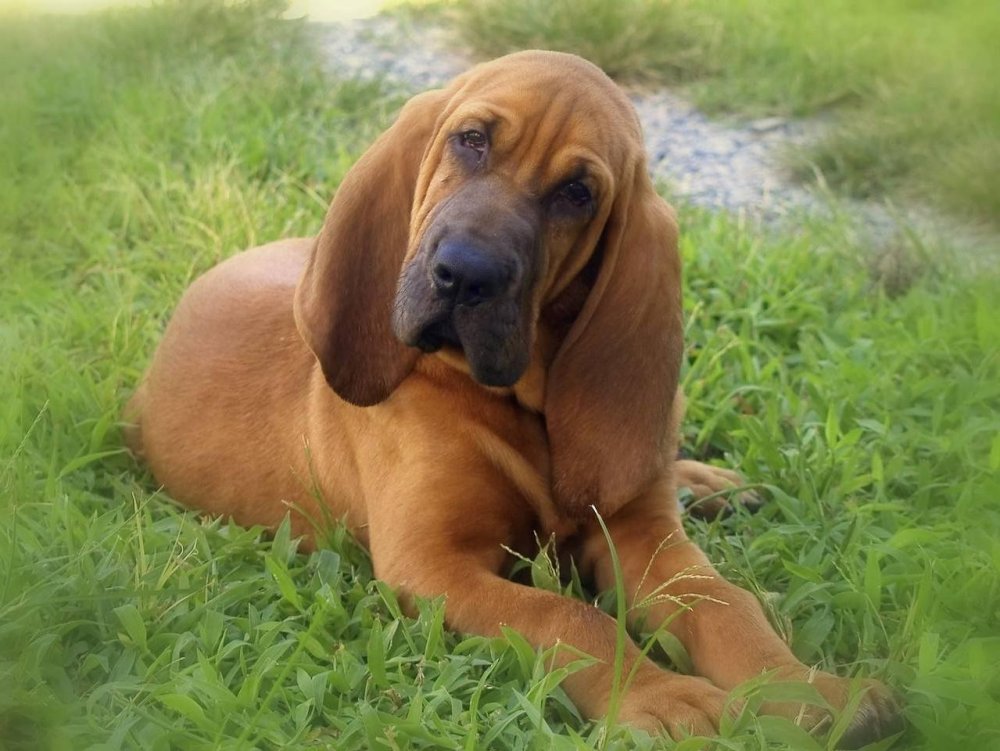- Breed Category: Scent hound
- Country of Origin: Belgium
- Average Height: Males 64-69 cm, Females 58-64 cm
- Average Weight: Males 41-50 kg, Females 36-45 kg
- Average Life Span: 10-12 years
- Grooming Requirements: Low, regular ear cleaning needed
- Exercise Requirements: High, needs daily exercise
- Coat Type: Short and dense
- Coat Color Variations: Black and tan, liver and tan
- Shedding Level: Moderate
- Ear Type: Long and droopy
- Tail Type: Long and tapering
- Temperament: Gentle, affectionate, and determined
- Intelligence Level: High
- Barking Tendency: Low
- Compatibility with Children: Very good
- Compatibility with Other Pets: Generally good
- Training Ease: Moderate, can be stubborn
- Common Health Issues: Hip dysplasia, ear infections
- Dietary Needs: High-quality diet, watch weight
- Energy Level: High
- Drooling Tendency: Very high
- Sensitivity to Weather: Sensitive to heat
- Overall Maintenance Level: Moderate
- Original Purpose: Tracking and hunting
- Year of Recognition by Kennel Clubs: 1885
- Famous Breed Representatives: McGruff the Crime Dog
- Apartment Friendly: Not ideal, needs space
- Best Suited For: Active families, rural settings
- Cost of Ownership: Moderate to high
- Unique Traits: Exceptional sense of smell
- Cultural Significance: Known for tracking abilities
- Popularity Rank: Moderate
Think all dogs are just about wagging tails and fetching sticks? Let’s dive into the world of the Bloodhound, a breed that challenges this notion with its unique traits and history. Known for their incredible sense of smell, Bloodhounds have been tracking scents for centuries, making them exceptional in search and rescue missions. Their droopy ears and soulful eyes might give them a laid-back appearance, but these dogs are anything but ordinary.
In this article, we’ll explore the fascinating characteristics that set Bloodhounds apart, delve into their rich history, and provide insights into their care. Whether you’re considering adding one to your family or just curious, understanding this breed will surely deepen your appreciation for these remarkable dogs.
History and Origin of the Bloodhound

Early Development of the Breed
The Bloodhound’s roots trace back to medieval Europe, where monks in Belgium are credited with refining the breed. These dogs were initially bred for their unmatched scent-tracking abilities, a trait that has been honed over centuries. Their lineage is believed to include the St. Hubert Hound, named after the patron saint of hunters, which laid the foundation for the Bloodhound’s exceptional olfactory skills.
Role in Hunting and Tracking
Bloodhounds have long been celebrated for their prowess in tracking. Their keen sense of smell allows them to follow a scent trail that is days old, making them invaluable in hunting and search operations. Historically, they were used to track game like deer and boar, but their skills have also been employed in more modern pursuits, such as search and rescue missions and even criminal investigations.
Key Historical Figures and Events
One notable figure in the Bloodhound’s history is William the Conqueror, who is said to have brought the breed to England in the 11th century. Over time, Bloodhounds gained a reputation for their reliability and accuracy, leading to their use in law enforcement. Their ability to track scents over long distances and challenging terrains has cemented their place in history as one of the most effective tracking breeds.
Physical Characteristics of the Bloodhound

Appearance
Bloodhounds are large, powerful dogs, typically weighing between 36 to 50 kilograms. Their coat is short and dense, coming in colours like black and tan, liver and tan, or red. One of their most distinctive features is their loose, wrinkled skin, especially around the face and neck, which gives them a unique, saggy appearance. This, combined with their long, droopy ears and deep-set eyes, gives them an unmistakable look.
Unique Physical Traits
What truly sets Bloodhounds apart is their extraordinary scenting ability. Their long ears aren’t just for show; they help sweep scents towards their nose, enhancing their tracking skills. The folds of skin around their face also play a role, trapping scent particles and allowing them to focus on a trail. This breed’s olfactory prowess is unmatched, making them the go-to choice for search and rescue operations worldwide.
Temperament and Behaviour of the Bloodhound

Typical Personality Traits
Bloodhounds are known for their gentle and affectionate nature. They are determined and intelligent, often displaying a single-minded focus when on a scent trail. Despite their serious work ethic, they have a playful side and enjoy spending time with their family. Their intelligence means they can be a bit stubborn, so consistent training is key.
Suitability as a Family Pet and Working Dog
These dogs are versatile, making them suitable both as family pets and working dogs. Their gentle disposition makes them great companions, while their exceptional tracking skills are invaluable in search and rescue operations. They thrive in environments where they can use their nose, so regular scent-based activities are a must.
Interaction with Children and Other Animals
Bloodhounds generally get along well with children, thanks to their patient and tolerant nature. They are usually friendly with other animals, although early socialisation is important to ensure they are well-adjusted. Their size and energy levels mean they are best suited to families who can provide plenty of space and exercise.
Training and Exercise Needs of the Bloodhound

Importance of Early Training and Socialisation
Getting a Bloodhound off to a good start with early training and socialisation is crucial. These dogs are intelligent but can be a bit stubborn, so starting young helps set the right foundation. Socialising them with different people, environments, and other animals will ensure they grow into well-rounded adults.
Recommended Training Techniques
Positive reinforcement is the way to go with Bloodhounds. They respond well to treats and praise, making training sessions more effective and enjoyable. Consistency is key, so regular, short training sessions work best. Patience is important, as their independent streak can sometimes slow progress.
Daily Exercise Requirements and Activities They Enjoy
Bloodhounds need plenty of exercise to keep them happy and healthy. A couple of long walks each day, combined with some playtime, will do the trick. They love activities that engage their incredible sense of smell, so consider scent-based games or tracking exercises to keep them mentally stimulated.
Health and Lifespan of the Bloodhound

Common Health Issues
Bloodhounds, like many large breeds, can face specific health challenges. Hip dysplasia is a common concern, affecting their mobility over time. They are also prone to bloat, a serious condition that requires immediate attention. Ear infections can be frequent due to their long, droopy ears, which trap moisture and debris.
Average Lifespan and Health Tips
Bloodhounds typically live between 10 to 12 years. To keep them healthy, regular vet check-ups are essential. A balanced diet and consistent exercise help maintain their weight and overall well-being. Monitoring their ears and cleaning them regularly can prevent infections.
Preventative Care Recommendations
- Schedule routine veterinary visits to catch any health issues early.
- Feed a high-quality diet tailored to their age and activity level.
- Engage them in regular physical and mental activities to keep them fit and stimulated.
- Maintain a consistent ear-cleaning routine to prevent infections.
Grooming and Maintenance of the Bloodhound
Coat Care and Grooming Routines
Bloodhounds have a short, dense coat that’s relatively easy to maintain. Regular brushing, about once a week, helps remove loose hair and keeps their coat looking its best. A rubber grooming mitt or a bristle brush works wonders for this task. Bathing isn’t needed too often, just when they get particularly dirty or start to smell a bit doggy.
Shedding and Seasonal Grooming Tips
These dogs do shed, especially during seasonal changes. During these times, you might want to up the brushing to a couple of times a week to manage the extra hair. It’s also a good idea to check their ears regularly, as their long, droopy ears can trap moisture and debris, leading to infections. A quick wipe with a damp cloth can help keep them clean.
Diet and Nutrition for Bloodhounds

Nutritional Needs for Optimal Health
Bloodhounds require a balanced diet to support their active lifestyle and maintain their health. High-quality dog food that provides the right mix of proteins, fats, and carbohydrates is essential. Proteins are crucial for muscle development, while fats provide the energy they need for their daily activities. Carbohydrates, though less critical, offer additional energy and fibre for digestion.
Foods to Include and Avoid
Include lean meats like chicken or turkey, along with fish for omega-3 fatty acids. Vegetables such as carrots and peas can be added for vitamins and minerals. Avoid foods high in fat and sugar, as these can lead to obesity and other health issues. Steer clear of bones that can splinter and foods like chocolate, grapes, and onions, which are toxic to dogs.
Feeding Schedules and Portion Recommendations
Bloodhounds do best with a consistent feeding schedule. Two meals a day, morning and evening, help maintain their energy levels and prevent bloat, a common issue in large breeds. Portion sizes depend on their age, weight, and activity level, so it’s wise to consult with a vet for tailored advice. Always ensure they have access to fresh water throughout the day.
Fun Facts and Trivia about Bloodhounds

Interesting Tidbits about the Breed
Bloodhounds are often called “sleuth hounds” due to their detective-like abilities. Their sense of smell is so precise that it can be used as evidence in a court of law. This breed can follow a scent trail that’s over 300 hours old, which is why they’re often employed in search and rescue missions. Despite their serious work, Bloodhounds are known for their goofy and endearing personalities, often making their owners laugh with their antics.
Famous Bloodhounds in Media or History
Bloodhounds have made their mark in both history and pop culture. One of the most famous Bloodhounds is “Duke,” who starred in the popular TV show “The Beverly Hillbillies.” In history, a Bloodhound named “Nick Carter” was renowned for his tracking skills in the early 1900s, solving numerous cases for law enforcement. These dogs have also been featured in various films and cartoons, often depicted as the quintessential tracking dog, showcasing their legendary scenting abilities.
Final Thoughts
Bloodhounds are unmatched in their scent-tracking abilities. Their gentle nature and intelligence make them both exceptional companions and working dogs. While they require dedicated care and training, the rewards of owning a Bloodhound are immense, from their loyalty to their unique skills. Embracing the challenges and joys of this breed can lead to a fulfilling relationship that highlights their remarkable traits. Consider welcoming a Bloodhound into your life and experience the profound bond they offer.
